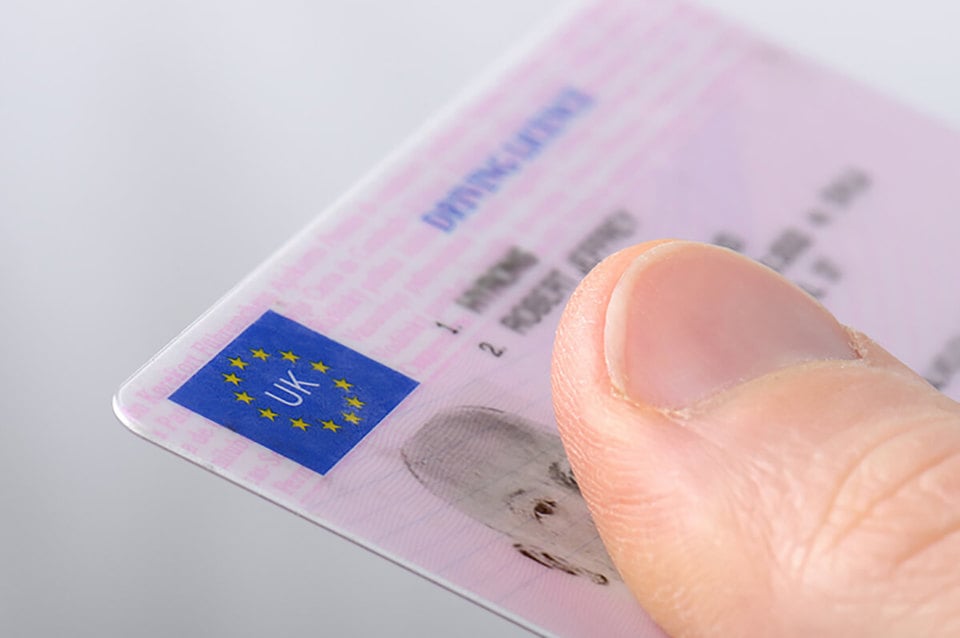<p>Briggs explained that companies had a legal duty of care to ensure that their drivers were safe on the road and had valid licences that were regularly rechecked.</p> <p>He said: “Drivers who fall into higher risk groups may require some kind of remedial action such as additional training and also need a much closer eye keeping on them. Their licence should be rechecked perhaps every three months or even monthly to see if they have been penalised with additional points that could even see them banned.</p> <p>“This is something that employers need to take seriously. Only last week, one of our Licence Link users found that one of their company car drivers actually had a drink driving ban through a standard check that was run using the software.”</p> <p>Briggs said that these figures were partially a reflection of CFC’s user base for Licence Link but also an indicative snapshot of which industries have the least and most to worry about when it comes to driver safety.</p> <p>He said: “There are some surprises here – for example, the utilities and telecoms industries tend to have strong corporate safety cultures so to see them among the higher risk drivers is perhaps unexpected.</p> <p>“On the other hand, the sectors in the lowest risk group are more predictable. Public sector fleets, the financial sector and healthcare all have traditionally low accident rates, so we know that they are among the safer fleets.”</p> <p>Briggs added that it was pleasing to see the transportation sector among the lowest risk drivers.</p> <p>He said: “Van and truck drivers often suffer from a poor public image and we all have our own horror stories about the on-road behaviour of white van men. However, the figures show that these drivers, who after all are driving professionals and often highly trained, are among the safest on the road.”</p> <p> </p>
Research reveals who's picking up penalty points
- By Gareth Roberts
- |
- 20 August 2010
- News

















Login to comment
Comments
No comments have been made yet.